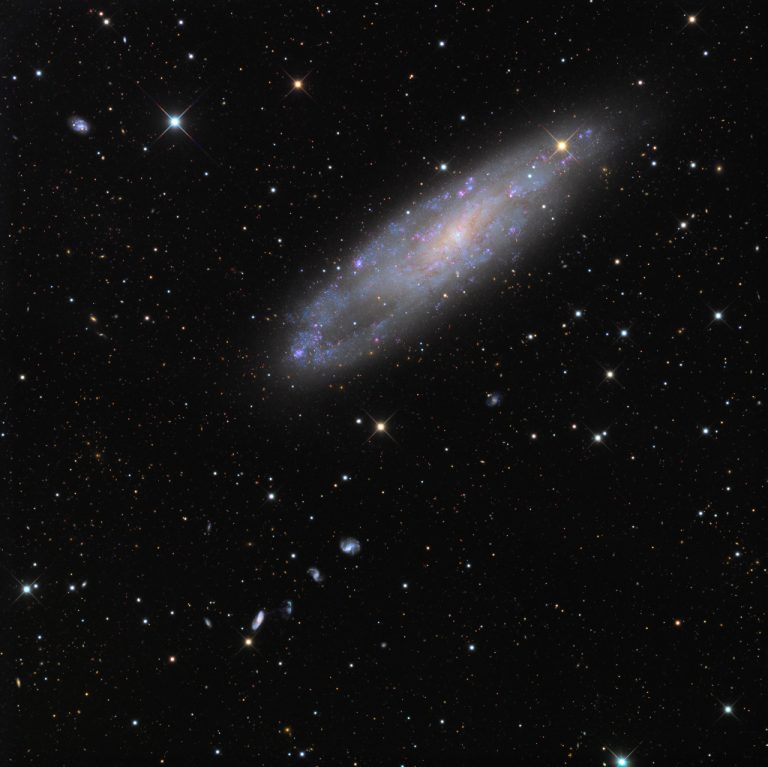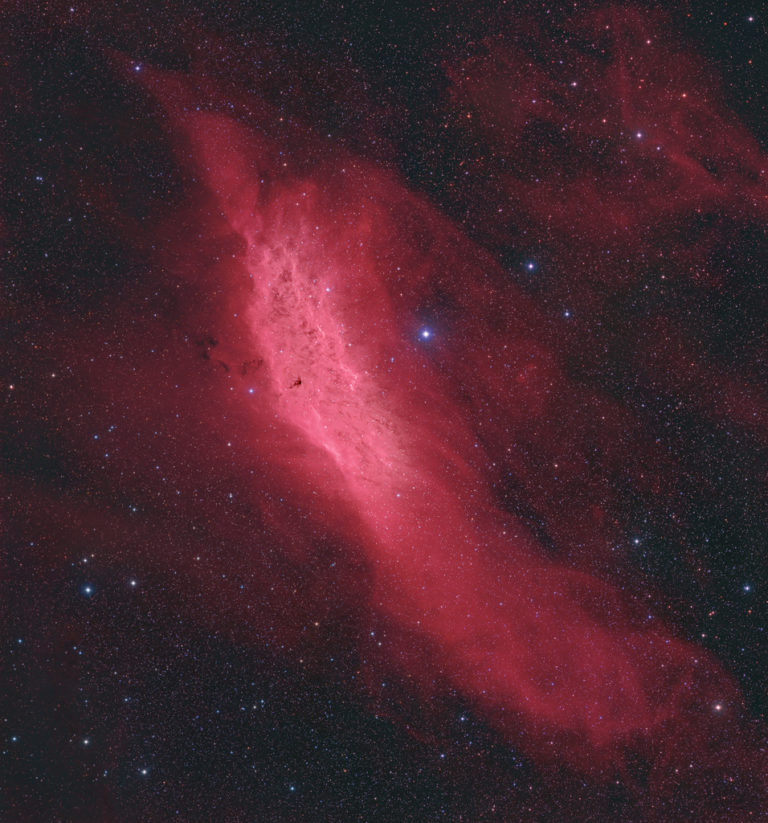哈勃的海豚星系影像
2020 May 10 The Porpoise Galaxy from Hubble Image Credit: NASA, ESA, Hubble, HLA; Reprocessing & Copyright: Raul Villaverde Explanation: What’s happening to this spiral galaxy? Just a few hundred million years ago, NGC 2936, the upper of the two large galaxies shown, was likely a normal spiral galaxy — spinning, creating stars — and minding its own business. But then it got too close to the massive elliptical galaxy NGC 2937 below and took a dive. Dubbed the Porpoise Galaxy for its iconic shape, NGC 2936 is not only being deflected but also being distorted by the close gravitational interaction. A burst of young blue stars forms the nose of the porpoise toward the right of the upper galaxy, while the center of the…









